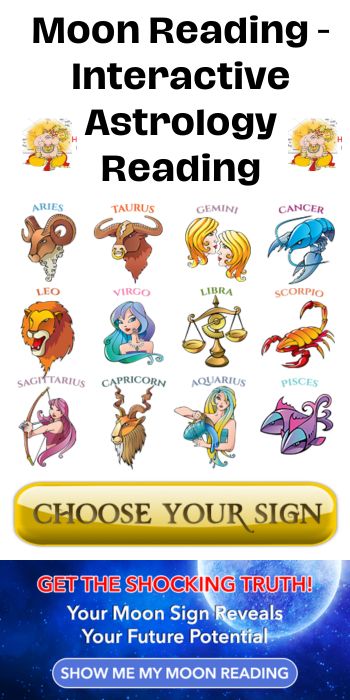Ever wondered what it’s like to see the Moon turn a crazy color? Lunar eclipses are cool events, but do you know how rare they are? This article will tell you everything about lunar eclipses in 2025. We’ll look at the different types, like umbral, penumbral, total, and partial eclipses.
In 2025, there will be two lunar eclipses. We’ll tell you when they happen, where to see them, and how to get the best view. Get ready to explore the lunar eclipse calendar for 2025!
Unveiling the Lunar Eclipse Calendar for 2025
Mark your calendars! Next year brings two chances to see the Moon in a whole new light. Here’s when you can see these events.
Date and Type of First Lunar Eclipse in 2025
The first lunar eclipse in 2025 happens on March 14. It will be a penumbral lunar eclipse. This means the Moon passes through the Earth’s faint outer shadow. This eclipse will be best seen from North America, Asia, and parts of Europe. Look to the sky in the early evening.
Date and Type of Second Lunar Eclipse in 2025
Get ready for a second show on September 7! This will be a total lunar eclipse. Viewers in Europe, Africa, South America, and parts of Asia will have the best seats. The Moon will turn a reddish color. This total eclipse will be an amazing sight.
Understanding Different Types of Lunar Eclipses
Not all lunar eclipses look the same. There are different types, and each has its own special look. Understanding these differences can help you enjoy the view even more.
Penumbral Lunar Eclipse
The Moon passes through the Earth’s penumbra, or the outer part of its shadow. It can be hard to notice. The Moon might just look a little darker than usual. Many people don’t even realize one is happening!
Partial Lunar Eclipse
In a partial lunar eclipse, only some of the Moon goes into the Earth’s umbra, or the darkest part of its shadow. You’ll see a dark curve move across the Moon’s surface. It can be pretty cool to see!
Total Lunar Eclipse
A total lunar eclipse is the most dramatic. The Moon turns a reddish color. This is why it’s often called a “blood moon.” The red color comes from sunlight bending around the Earth and hitting the Moon.
Best Viewing Locations for the 2025 Lunar Eclipses
Where you are on Earth matters a lot. It determines if you can see a lunar eclipse. Different regions have different views. Here’s where to be for the best view.
Optimal Viewing Areas for the First Eclipse
The penumbral eclipse on March 14 will be best viewed from North America and Asia. Parts of Europe will also get a good view. In North America, the eclipse will happen in the early evening hours. Asian viewers can see it before dawn. Check your local time zone for the exact time.
Optimal Viewing Areas for the Second Eclipse
To catch the total lunar eclipse on September 7, head to Europe, Africa, or South America. Parts of Asia will also have visibility. South American viewers will see it high in the sky. Europeans can watch it as the Moon rises. Africans will have a prime view too!
Tips for Observing and Photographing Lunar Eclipses
Want to make the most of the lunar eclipses in 2025? Follow these tips. They will help you see and capture these amazing moments.
Essential Equipment for Lunar Eclipse Viewing
You don’t need a lot of gear. Binoculars can enhance your view of the Moon’s details. A telescope will give you an even closer look. A star chart or stargazing app can help you find the Moon.
Photography Techniques for Capturing the Perfect Shot
Use a tripod to keep your camera steady. This will help you get sharp photos. Experiment with different camera settings. A low ISO and a long exposure can work well. Compose your shots carefully. Think about the foreground and the sky.
Safety Precautions During Lunar Eclipse Viewing
Unlike solar eclipses, you don’t need special glasses. Grab your friends and family. Enjoy the view!
The Science Behind Lunar Eclipses
What makes lunar eclipses happen? It’s all about how the Earth, Moon, and Sun line up. Understanding the science makes it more interesting.
The Earth, Moon, and Sun Alignment
A lunar eclipse happens when the Earth passes between the Sun and Moon. The Earth blocks the Sun’s light. This casts a shadow on the Moon. The Moon has to be in the right spot in its orbit for this to happen.
The Umbra and Penumbra
The Earth casts two kinds of shadows: the umbra and penumbra. The umbra is the dark, central part of the shadow. The penumbra is the lighter, outer part. When the Moon passes through the umbra, you see a total or partial eclipse. If it only goes through the penumbra, it’s a penumbral eclipse.
Conclusion
So, there you have it! In 2025, we’ll have two lunar eclipses to enjoy. One will be a subtle penumbral eclipse in March. The other will be a stunning total eclipse in September. Check out the best viewing locations. Remember the different eclipse types. Use our tips to observe and photograph them. Don’t miss these chances to see the beauty of space! Get outside and enjoy these awesome celestial shows.



Leave a Reply